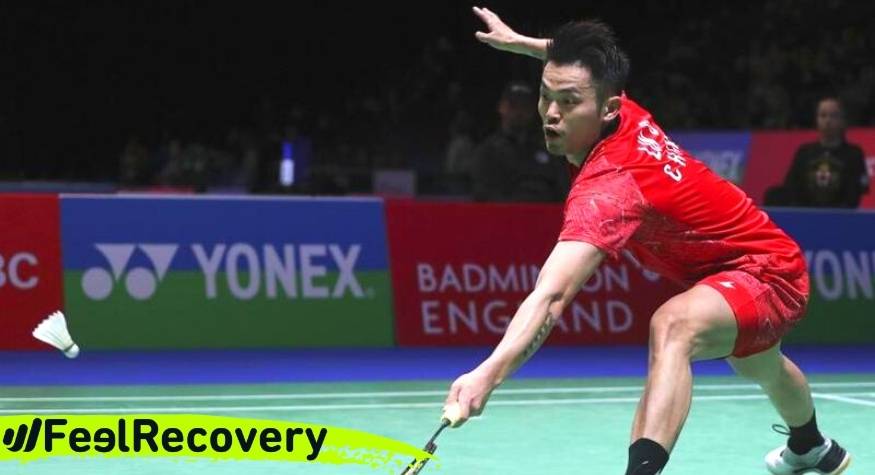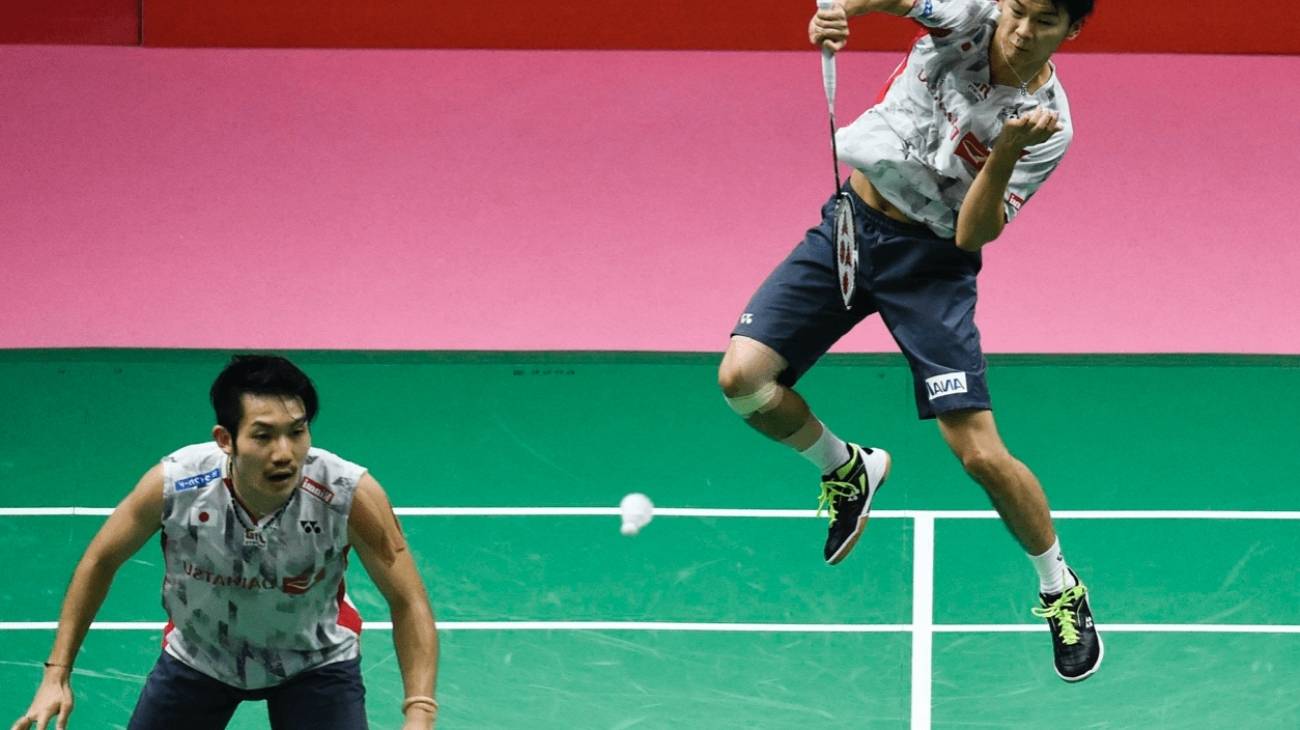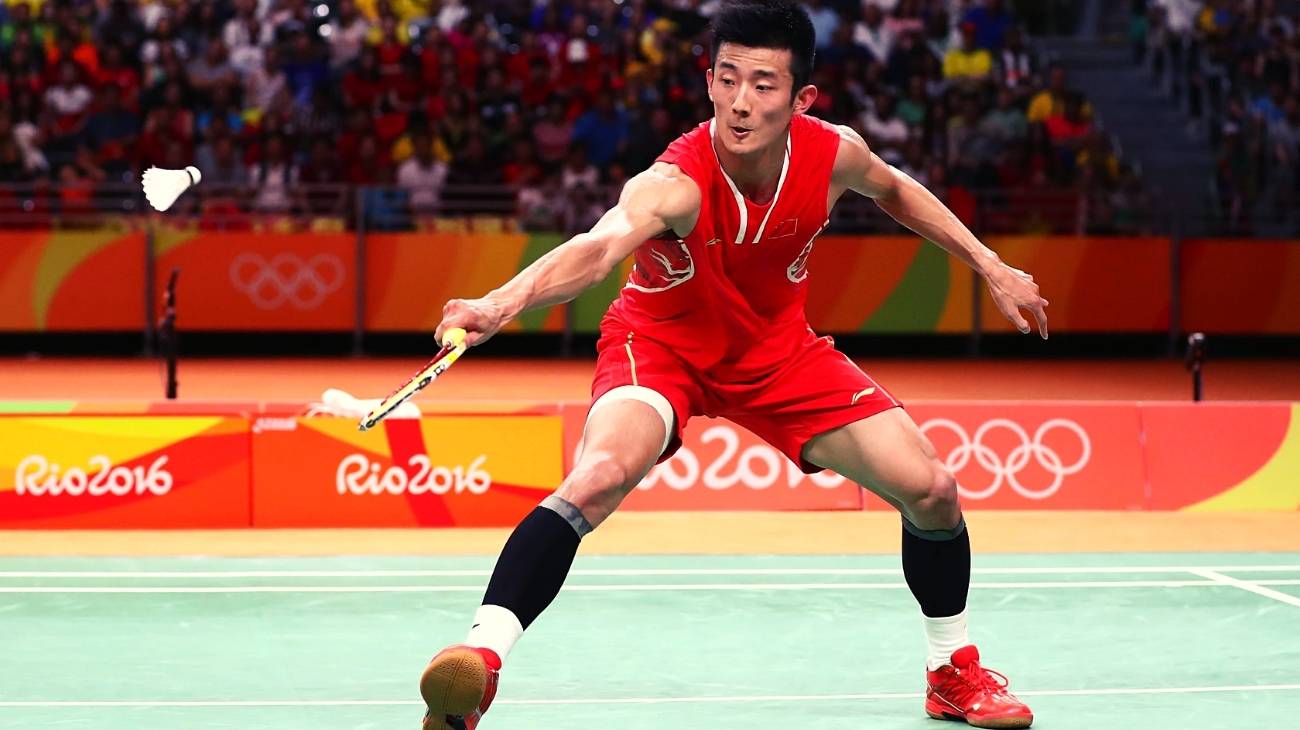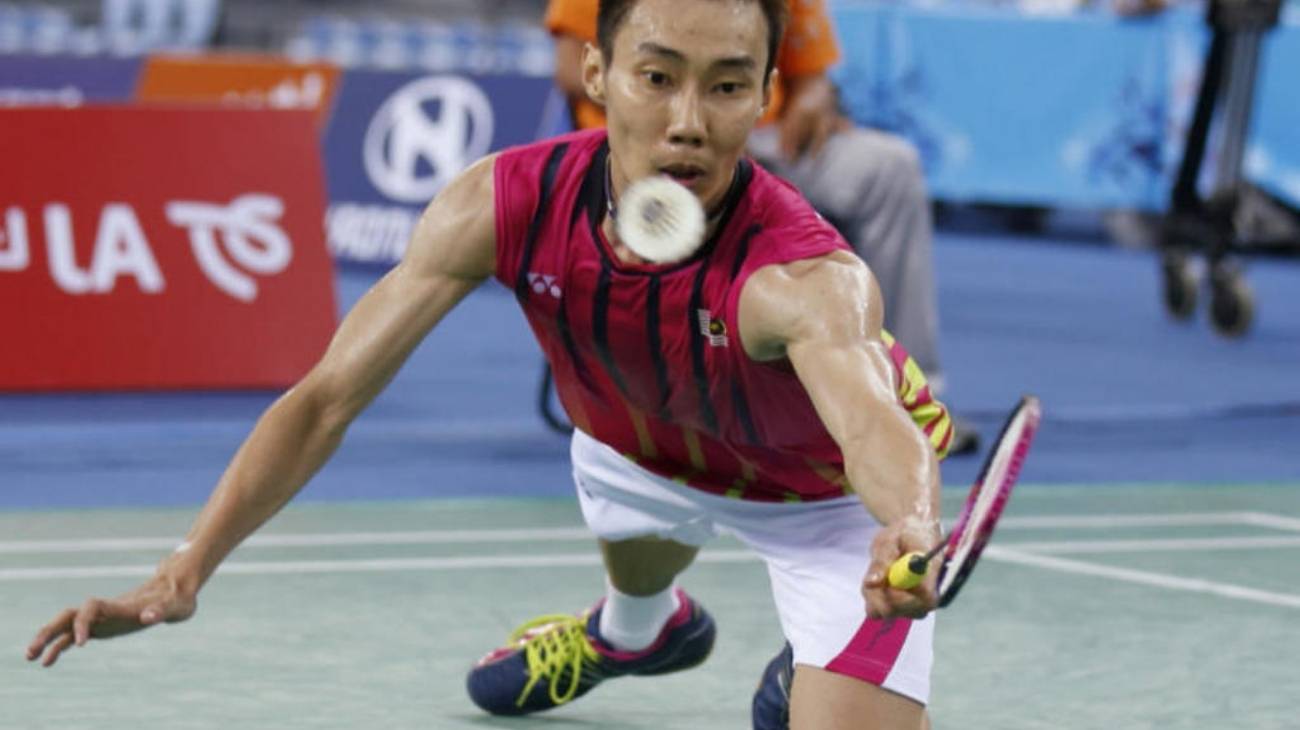In a single match, a badminton player travels the equivalent of 2 kilometres, and joint wear and tear is one of the reasons for injury.
As knees suffer with every sudden movement, fall or physical exhaustion, check out this list of the most common knee injuries for a badminton player. We also explain how to apply the PRICE therapy in the first minutes of the incident and which products are the most reliable in a recovery.
What are the most common types of knee injuries when playing badminton?
Although injuries in badminton are less common than in tennis, another racket sport, more than half of them occur in the legs - between the ankles and knees.
Knee chondral injury
All the damage is concentrated on one area of the cartilage, which in badminton players is usually caused by the wear and tear on the knee and meniscus due to the explosive movements they have to make on the court. It is important to know in which specific area the injury is to be treated: it could be patellar chondropathy, focal patellar chondropathy, femoral chondropathy and femorotibial chondropathy.
In all types of chondral injury there is joint numbness and difficulty in moving the affected knee. Severe pain is usually present from the onset of the condition.
Knee bursitis
Clinically it is bursitis and usually occurs from the repetitive forward motion and forced stops that the badminton player performs in training and matches. When there are such repetitive and forced movements, the bursae in the joints become inflamed and also generate pain, a sharp pain.
This type of injury affects any athlete who runs, jumps, turns and stops like badminton players, and the best way to fix it is usually rest to prevent it from becoming a chronic problem requiring surgery.
Knee tendon injury
It is the overstimulation of the entire knee and its parts, the tendons are the first to give way to so much pressure and demand of the match or training on the badminton court. Among sports doctors it is called "jumper's knee". Imagine that the shuttlecock is constantly going to overtake you at high speed, your body will always try to catch up to return the blow by jumping, which over time leads to wear and tear.
External lateral ligament injury
This is a ligament on the outside of the knee that connects the femur to the fibula. Although it is not usually affected in isolation, it is important to pay attention when other ligaments have been injured because of the way it is connected in the knee.
What are the symptoms? Generalised pain in the knee, slight swelling on the outside, instability and a feeling that the knee gives way when you try to move, discomfort when walking for several days. In badminton it occurs when you make a bad move that results in a sprained knee, which will require play to stop completely.
Knee meniscus injury
Any activity that makes the knee rotate with force generates this injury, especially if the entire weight of the body is placed on it In sudden stops when trying to return the steering wheel and jumps in which you land badly or with only one leg. The knee has two pieces of cartilage that make a "C" shape and serve as a cushion between the shin and thigh. The main symptom is a persistent feeling that the knee does not move freely.
Best products for badminton knee injury recovery
Bestseller
-
2 Knee Compression Sleeve (Black/Gray)
£17,50 -
2 Knee Compression Sleeve (Green/Navy)
£17,50 -
2 Knee Compression Sleeve (Pink/Bordeaux)
£17,50 -
2 Patella Knee Strap (Black/Gray)
£12,95 -
2 Patella Knee Strap (Green/Navy)
£12,95 -
2 Patella Knee Strap (Pink/Bordeaux)
£12,95 -
Microwave Wheat Bag for Back Pain Relief (Extra Large) (Hearts)
£25,50 -
Microwave Wheat Bag for Back Pain Relief (Extra Large) (Oxford)
£25,50 -
Microwave Wheat Bag for Back Pain Relief (Extra Large) (Sport)
£25,50 -
Microwaveable Wheat Bag for Pain Relief (Hearts)
£17,50 -
Microwaveable Wheat Bag for Pain Relief (Oxford)
£17,50 -
Microwaveable Wheat Bag for Pain Relief (Sport)
£17,50 -
Wheat Bag for Microwave Classic Bottle Shaped (Hearts)
£17,50 -
Wheat Bag for Microwave Classic Bottle Shaped (Oxford)
£17,50 -
Wheat Bag for Microwave Classic Bottle Shaped (Sport)
£17,50
How to apply the RICE therapy to treat knee injuries in badminton?
The PRICE therapy is the update of the RICE protocol that is better known in the sporting world. Depending on the injury, there are basic principles of approach that you as an athlete should be aware of, but in the beginning they should be applied by a sports doctor to avoid possible complications:
- Protection: this is the first of the steps to be taken, as we are talking about knee injuries, the athlete must be completely lying down. The leg is immobilised to prevent further damage to the joint, ligaments and tendons in the knee. Bandages and pads are available to facilitate this while the area is explored to reduce pain and swelling.
- Rest: to give the damaged structures a chance to regenerate, the body needs to be at rest. The length of this step is determined by the type and severity of the injury. It is not something that should be left in the hands of the athlete as he/she will always want to return to the field.
- Ice: it should be applied covered with a cloth or piece of cloth to prevent cold burns. It is placed on the outside or inside of the knee depending on where the inflammation is visible, or on the lower part of the kneecap in the case of patellar tendonitis.
- Compression: the aim is to mechanically lower the interstitial space and limit the formation of oedema in the knee. In addition, we want to generate vasoconstriction to reduce the blood flow in the injury, especially if there is bleeding. By lowering the blood flow, swelling and pain are reduced.
- Elevation: involves raising the affected knee above the level of the heart. Quite useful for lower limbs, and recommended in the first 48 hours of injury, most importantly in the first few minutes.
References
- De Carlo, M., & Armstrong, B. (2010). Rehabilitation of the knee following sports injury. Clinics in sports medicine, 29(1), 81-106. https://www.sportsmed.theclinics.com/article/S0278-5919(09)00069-6/fulltext
- Pardiwala, D. N., Rao, N. N., Anand, K., & Raut, A. (2017). Knee dislocations in sports injuries. Indian Journal of Orthopaedics, 51, 552-562. https://link.springer.com/article/10.4103/ortho.IJOrtho_229_17
- Majewski, M., Susanne, H., & Klaus, S. (2006). Epidemiology of athletic knee injuries: A 10-year study. The knee, 13(3), 184-188. https://www.sciencedirect.com/science/article/abs/pii/S0968016006000032
- Wright, R. W. (2005). Knee sports injury outcome measures. The journal of knee surgery, 18(01), 69-72. https://www.thieme-connect.com/products/ejournals/abstract/10.1055/s-0030-1248161
- Hutchinson, M. R., & Ireland, M. L. (1995). Knee injuries in female athletes. Sports medicine, 19, 288-302. https://link.springer.com/article/10.2165/00007256-199519040-00006
- Jørgensen, U., & Winge, S. (1990). Injuries in badminton. Sports Medicine, 10, 59-64. https://link.springer.com/article/10.2165/00007256-199010010-00006
- Goh, S. L., Mokhtar, A. H., & Mohamad Ali, M. R. (2013). Badminton injuries in youth competitive players. J Sports Med Phys Fitness, 53(1), 65-70. https://www.researchgate.net/profile/Siew-Li-Goh-2/publication/235885246_Badminton_injuries_in_youth_competitive_players/links/57484a8608ae707fe21fbb10/Badminton-injuries-in-youth-competitive-players.pdf
- Muttalib, A., Zaidi, M., & Khoo, C. (2009). A survey on common injuries in recreational badminton players. Malaysian Orthopaedic Journal, 3(2), 8-11. https://citeseerx.ist.psu.edu/document?repid=rep1&type=pdf&doi=ba75ad32fb698b19e4fb3d1d8c735616e3a6993d
- Fu, L., Ren, F., & Baker, J. S. (2017). Comparison of joint loading in badminton lunging between professional and amateur badminton players. Applied Bionics and Biomechanics, 2017. https://www.hindawi.com/journals/abb/2017/5397656/
- Feng, B., & Wang, X. (2022). Study on sports injuries and rehabilitation in badminton players. Revista Brasileira de Medicina do Esporte, 29. https://www.scielo.br/j/rbme/a/PCH35GrCYHVnLZzmzMbgrZq/abstract/









































